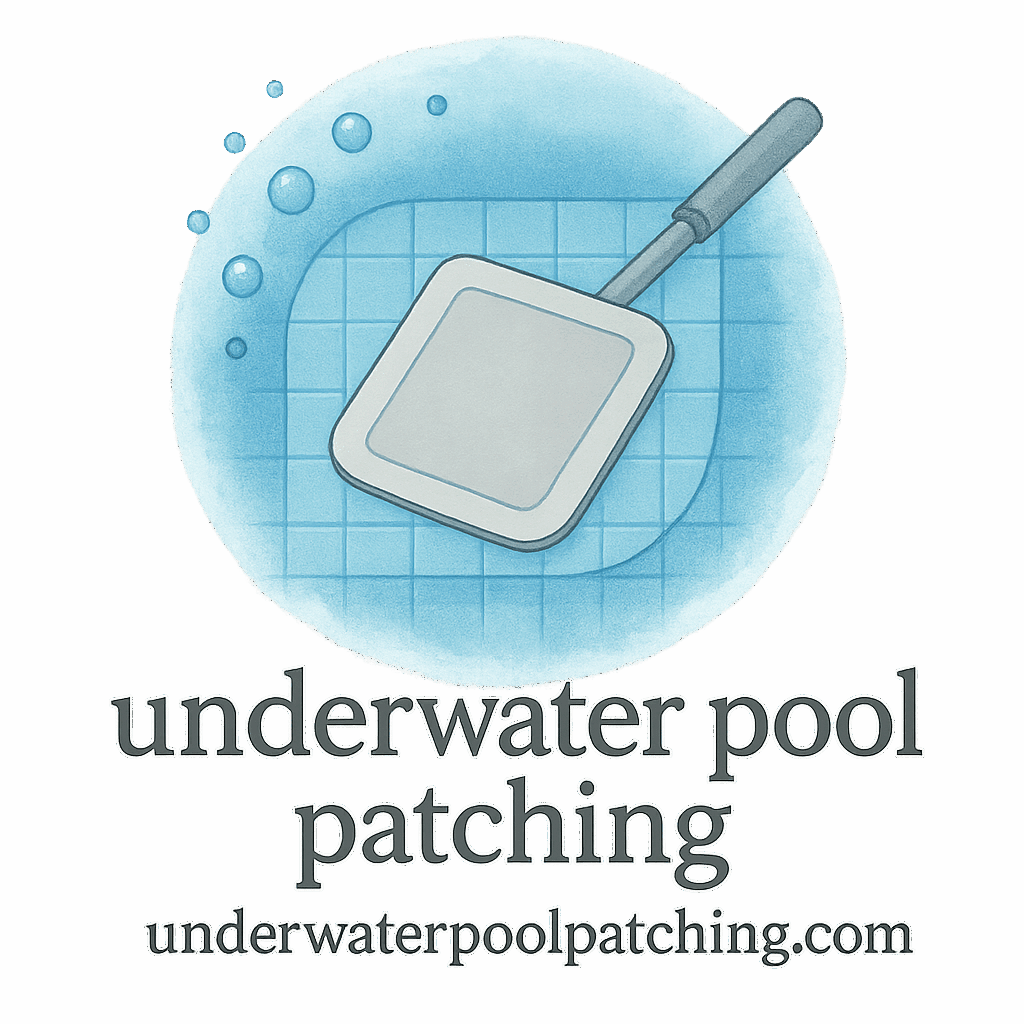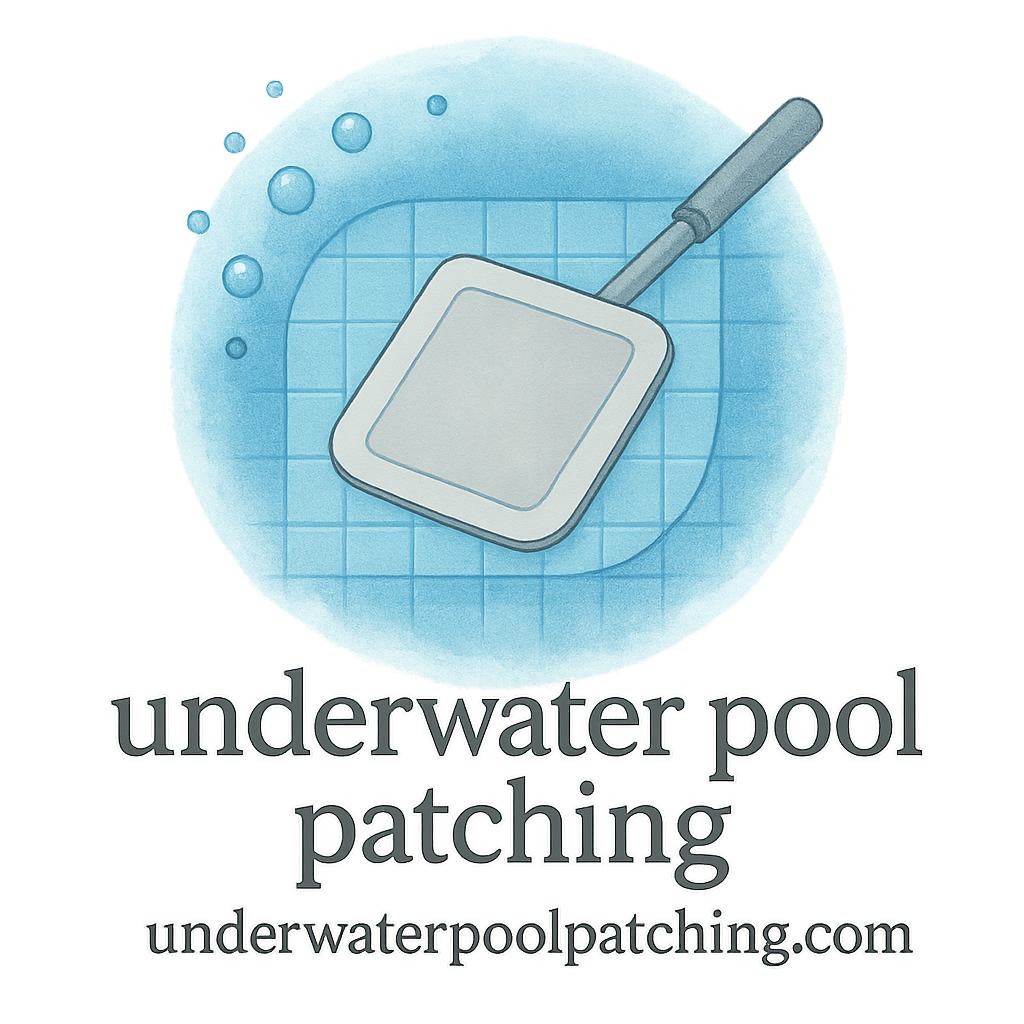Introduction
Think patching up your pool is as easy as slapping on some waterproof tape? Think again. While underwater pool patching may sound simple, there are hidden expenses lurking beneath the surface—both literally and financially. In this guide, we’ll dive into the 5 hidden expenses when repairing your underwater pool patch and help you avoid surprise costs that can drain your wallet.
Whether you’re fixing a leak or repairing damaged tiles, being prepared is half the battle. Let’s uncover the costs that many pool owners overlook.
Why Pool Patch Repairs Aren’t Always Straightforward
What Is an Underwater Pool Patch?
An underwater pool patch is a repair solution used to fix leaks, cracks, or damage in your pool’s surface—without draining the water. Pretty cool, right? It’s a time-saving, water-saving technique, but it’s not always as inexpensive as it seems.
Common Misconceptions About Pool Repairs
People often assume patching a pool is a one-and-done kind of fix. But the reality? Patching is just the beginning. That “quick fix” might turn into a costly adventure if you don’t know what you’re getting into.
Hidden Expense #1: Inspection and Diagnosis Fees
Why It’s a Crucial First Step
Before any patch can be applied, a thorough inspection and diagnosis is essential. This step helps identify not just the visible damage but hidden issues like pressure leaks, material decay, or deeper structural problems.
What to Expect in Terms of Cost
You might pay anywhere from $100 to $500 just for the initial assessment. Some companies include this in their service, while others bill it separately—always ask ahead!
🔗 Related: Inspection and Diagnosis
Also explore the diagnosis and pressure test tags to learn more.
Hidden Expense #2: Specialized Repair Materials
Not All Patches Are Created Equal
One of the sneakiest expenses? The materials used. Not every underwater patch kit will work for your specific problem, and going cheap can cost you big time.
Types of Materials You Might Need
You may need epoxy-based compounds, vinyl patch kits, or even specialized cement blends. Each comes with its own price tag—and some can’t be applied without professional help.
🔗 Related: Patch Types and Materials
Check out the tags for epoxy, materials, and patch repair.
Hidden Expense #3: Labor and Professional Fees
DIY vs Professional: What’s the Real Cost?
DIY can save you money, but only if you know what you’re doing. One wrong move and your patch fails—sending you back to square one. Professional repair services can cost anywhere from $75 to $150 per hour, depending on the job complexity.
Hourly Labor Rates Can Add Up
Even a small patch job might take a few hours. Add the travel fees, equipment use, and cleanup, and suddenly you’re looking at a sizable invoice.
Explore how professional repair techniques differ from DIY methods and what that means for your bottom line.

Hidden Expense #4: Water Treatment and Rebalancing
Chlorine, pH, and Chemicals Post-Repair
After any repair, your pool’s water chemistry can get out of whack. That means investing in chlorine, pH stabilizers, and algaecide to rebalance the ecosystem.
Maintaining Proper Water Chemistry
Skipping this step can lead to cloudy water, algae blooms, or even health risks. It’s an invisible cost that can easily run you $50–$200 per treatment, depending on your pool size.
🔗 Related: Maintenance and Prevention
Don’t miss the tags on maintenance, prevention, and maintenance plan.
Hidden Expense #5: Long-Term Maintenance and Subscriptions
Why One Fix Often Leads to Ongoing Costs
That patch you just installed? It won’t last forever. Even premium patches have a lifespan, especially if your pool’s surface is aging. You’ll need routine checks to keep things under control.
Consider Subscription Plans or Routine Checks
Some companies offer maintenance subscriptions to reduce long-term costs and keep your pool in top shape. These can range from $20 to $100 per month but may save you thousands down the road.
🔗 Explore: Subscription Options and Routine Checks
Bonus Expense: The Cost of Delay
Waiting Too Long Can Worsen the Damage
The longer you wait, the more expensive the fix becomes. A small leak can quickly turn into a structural nightmare—cracks expand, tiles fall off, and pressure imbalances form.
How Small Leaks Become Big Budget Busters
Delaying repair can mean draining your pool, replacing tiles, or even reinforcing the shell. Suddenly, your $50 patch job becomes a $5,000 overhaul.
🔗 Related Tag: Restoration
Tips for Budget-Friendly Repairs
How to Save on Patching Without Cutting Corners
- Compare quotes from multiple professionals.
- Invest in high-quality materials once instead of cheap fixes repeatedly.
- Learn basic patching techniques (if you’re confident!).
Use Our Budgeting Tools and Cost Guides
Plan ahead using helpful guides and calculators.
🔗 Use This Resource: Cost & Budgeting
Also see our budget, cost-saving, and money-saving tags for more strategies.
Conclusion
Underwater pool patching isn’t just about applying a quick fix and calling it a day. From inspection fees and material upgrades to chemical treatments and long-term upkeep, there are hidden expenses that can surprise even the savviest pool owner. The key is planning ahead, understanding your pool’s needs, and using trusted resources to guide you.
Don’t get soaked by surprise costs—patch smart, not hard.
FAQs
1. Can I patch my pool without draining it?
Yes! Many patching methods are designed for underwater application, making it both water- and time-efficient.
2. How long do underwater pool patches last?
Depending on the material, a quality patch can last anywhere from 6 months to several years.
3. Do I need professional help for small leaks?
Not always. But for deep cracks, large areas, or recurring leaks, it’s best to consult a pro.
4. Is water treatment really necessary after patching?
Absolutely. Even small repairs can disrupt your pool’s chemical balance.
5. Are subscription services worth it for pool maintenance?
If you want peace of mind and fewer surprise repairs, yes—they can actually save you money long-term.
6. What’s the average cost of a pool inspection?
Expect to pay between $100 and $500 depending on depth, damage, and service provider.
7. Where can I learn more about pool patch types?
Check out this guide on patch types and materials and browse tags like patches, patching, and patching techniques.


